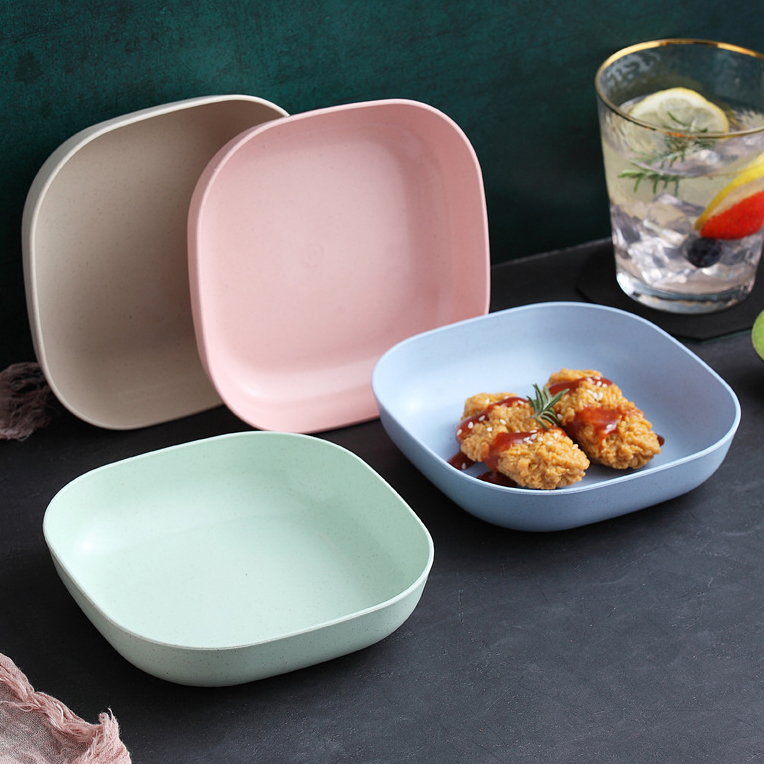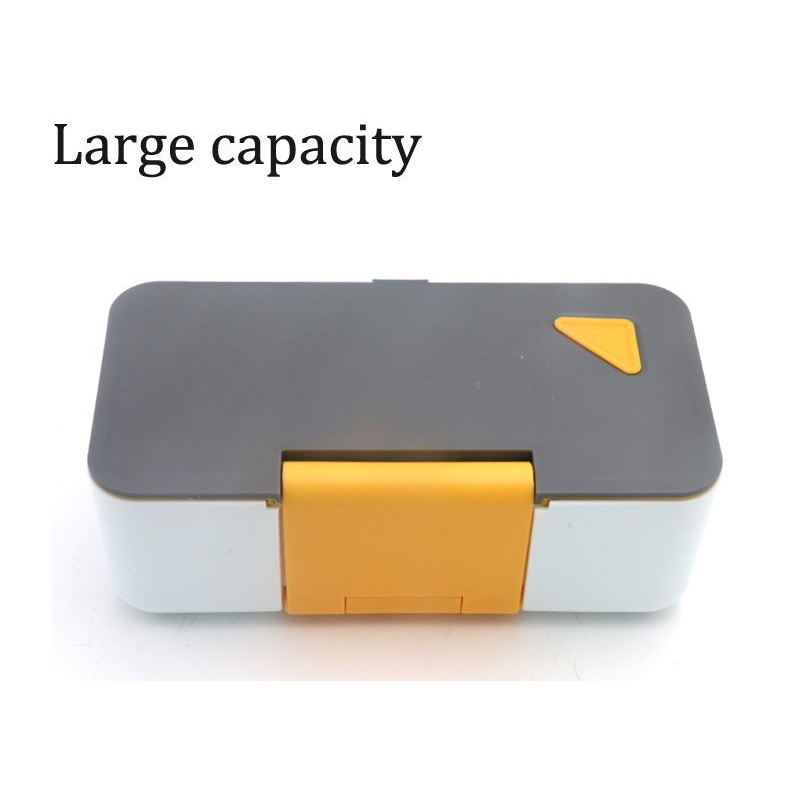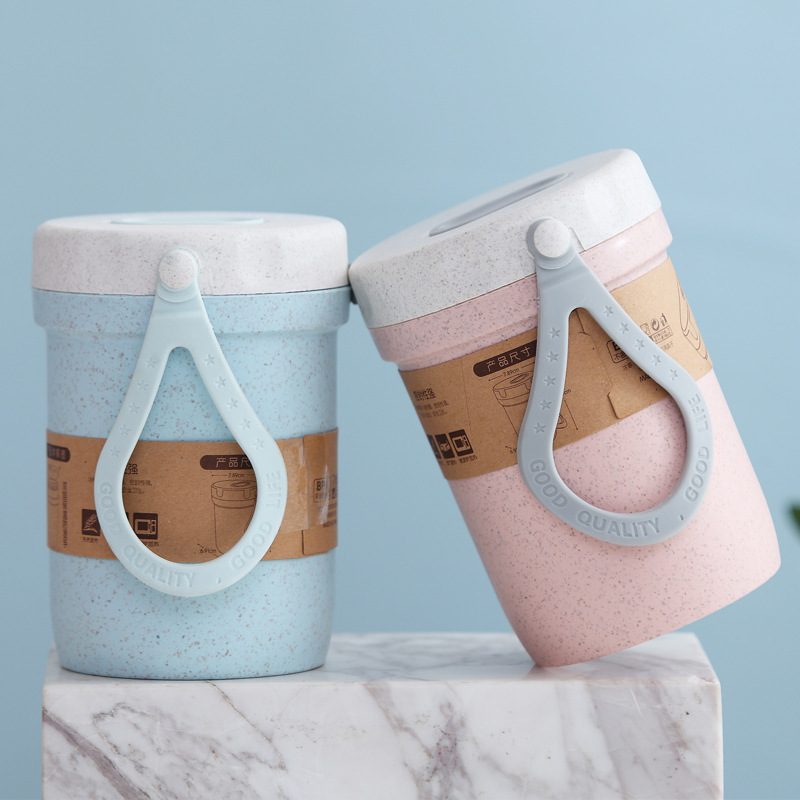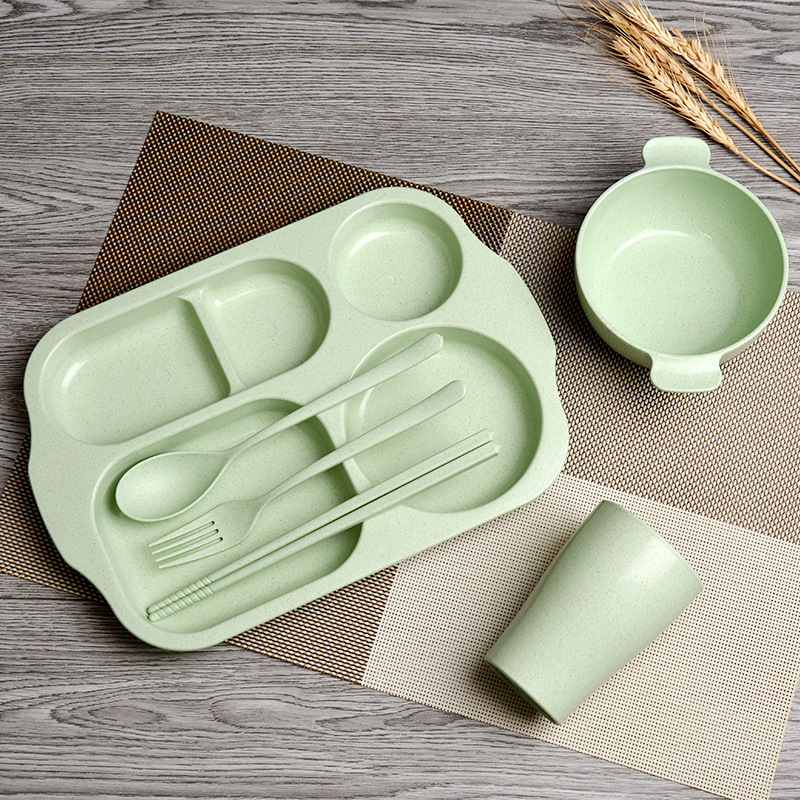Recently, with the continuous promotion of a series of environmental protection policies, the environmental tableware market is experiencing unprecedented development opportunities and has officially entered the “golden development period”. Relevant data shows that in the past year, the market size of environmentally friendly tableware has shown explosive growth, far exceeding the growth rate of the traditional tableware market.

Since the implementation of the “plastic limit order” by the country, governments at all levels have actively responded by formulating stricter environmental policies, restricting the use of disposable plastic tableware, and vigorously encouraging the production and promotion of environmentally friendly tableware. The introduction of this series of policies is like a shot in the arm, injecting strong development momentum into the environmentally friendly tableware market. Many catering enterprises actively replace environmentally friendly tableware in response to policy calls, which has led to a sharp increase in market demand for environmentally friendly tableware.

Driven by market demand, more and more enterprises are investing in the production of environmentally friendly tableware. Some traditional tableware manufacturing enterprises have also accelerated their pace of transformation and upgrading, launching a series of biodegradable and recyclable environmentally friendly tableware products through technological innovation. These products not only meet environmental standards, but also have performance and appearance that are not inferior to traditional tableware, and have been widely recognized by consumers.
According to industry insiders, the rapid development of the eco-friendly tableware market is not only due to policy promotion, but also an important factor in the improvement of consumer environmental awareness. Nowadays, more and more consumers prioritize businesses that use environmentally friendly tableware when choosing catering products. This shift in consumer attitudes has further promoted the prosperity of the eco-friendly tableware market.

However, behind the booming development of the eco-friendly tableware market, there are also some challenges. For example, the production cost of eco-friendly tableware is relatively high, resulting in prices generally higher than traditional tableware, which to some extent limits its market popularity. In addition, the recycling and disposal system for environmentally friendly tableware is not yet perfect and needs to be further strengthened.

Faced with these challenges, the government, businesses, and various sectors of society are working together. The government has increased its support for the environmentally friendly tableware industry, reducing production costs for enterprises through policies such as subsidies and tax incentives. Enterprises continue to increase their R&D investment, improve production efficiency, and reduce product prices. At the same time, various sectors of society are actively promoting the construction of an environmentally friendly tableware recycling and processing system, providing guarantees for the sustainable development of the eco-friendly tableware market.

Looking ahead to the future, with the continuous efforts of policies and the continuous maturity of the market, the environmentally friendly tableware market is expected to usher in a broader development space. It is expected that in the next few years, environmentally friendly tableware will gradually replace traditional disposable plastic tableware and become the mainstream choice in the catering industry, making greater contributions to environmental protection.
Post time: Aug-28-2025











